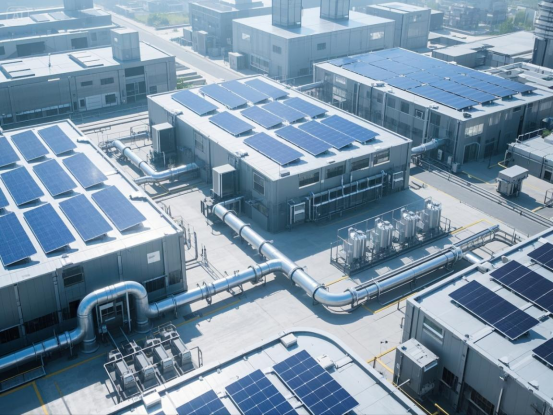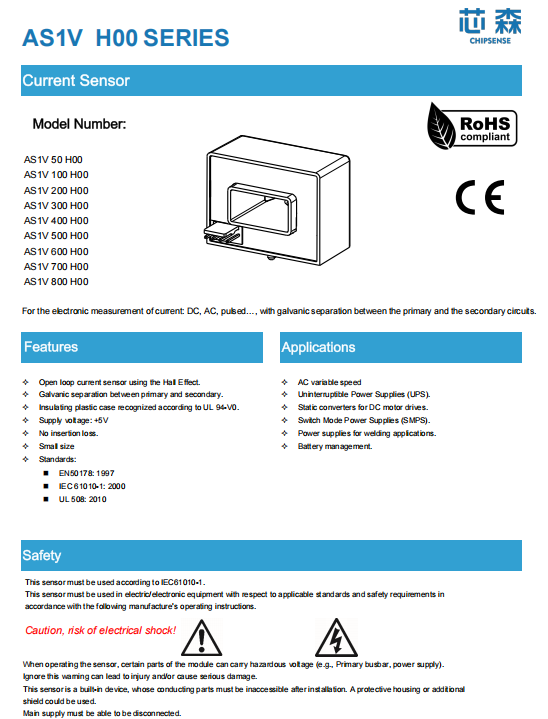
In the context of the "double carbon" goal, the energy structure transformation has pressed the acceleration key. Photovoltaic power generation, as the main force of clean energy, is expanding from a simple "power generation online" model to a deeper level of energy utilization. Among them, "photovoltaic + green hydrogen" - the use of photovoltaic power generation for electrolytic water hydrogen production, is becoming a high-profile new track. This path conversion from "power generation" to "hydrogen production" is not only related to the cleanliness of energy, but also tests the accuracy and reliability of every technical link in the industrial chain.

Policy spring breeze: Green hydrogen industrialization speed up
In recent years, the national level of attention to the hydrogen energy industry is increasing. The support of the policy provides fertile ground for the development of photovoltaic electrolytic water hydrogen production projects, and the integration of "light hydrogen storage" and other integration projects are designed to solve the volatility of renewable energy and improve energy utilization efficiency, which is gradually moving from concept to landing.
Core challenge: precise "food" control of electrolyzers
The core equipment of photovoltaic water electrolysis for hydrogen production is the electrolytic cell. The working efficiency, hydrogen production and operating life of the electrolyzer are closely related to the input DC current and stability. However, photovoltaic power generation has a natural volatility (affected by light intensity and weather), and how to accurately and efficiently transform this unstable power into a stable supply of "food" current to the electrolyzer has become a key technical challenge.
The accuracy of current control directly affects:
1. Hydrogen production efficiency: current is too low, insufficient hydrogen production; The current is too high, may exceed the optimal operating point, increase energy consumption, and even affect the electrolyte.
2. System security: Abnormal current fluctuations may lead to device overload, which has potential security risks.
3. Equipment life: Frequent and large current impact will accelerate the aging of the electrolytic cell.
Therefore, the real-time and accurate monitoring and control of the current input to the electrolytic is the basis of ensuring the efficient, safe and stable operation of the whole system.
CHIPSENSE Solution: "Accurate eye" for AS1V series current sensors
In the photovoltaic electrolytic water hydrogen production system, the current sensor plays the role of "accurate eye", which needs to accurately capture the current signal flowing through the electrolytic to provide reliable data basis for the back-end control system. The AS1V H00 series current sensor from CHIPSENSE is a domestic alternative product designed for such industrial application scenarios.
Why high precision measurement? The stable and efficient operation of the electrolytic cell is highly dependent on the precise control of its input current. The control system needs to dynamically adjust the output of power conversion units (such as DC/DC converters) based on accurate and real-time current feedback values to adapt to fluctuations in photovoltaic power generation and keep the electrolytic operating at the optimal efficiency point. Therefore, the accuracy and timeliness of current measurement are very important for optimizing hydrogen production efficiency and ensuring system safety.
How does AS1V H00 help?
●Based on Hall principle: Using mature and reliable Hall effect technology, it can accurately measure DC, AC and pulse current, especially suitable for large DC monitoring needs when electrolytic cell is working.
● High accuracy and good linearity: To meet the requirements of precision control, the AS1V H00 series provides reliable measurement performance. The accuracy of the series at the rated current can reach ±1%, and has good linearity. Such performance indicators can provide key and reliable data support for the stability control of photovoltaic hydrogen production system, and ensure that the control system is effectively adjusted according to the real current feedback.
● Fast response: photovoltaic power changes quickly, requiring the sensor to respond quickly. The AS1V H00 series has a microsecond response time (typical value 3µs), which can capture current changes in time to meet the real-time requirements of the control system.
● Isolation and safety: Electrical isolation between the primary side and the secondary side (AC isolation withstand voltage 3.6kV), in line with industrial safety standards (such as EN 50178, IEC 61010-1), to ensure the use of high voltage, high current environment safety.
● Wide temperature operation: -40°C to +105°C operating temperature range, suitable for outdoor or industrial cabinets and other different environmental conditions.
Easy integration: Standardized interface and compact volume for easy integration into the cell control cabinet or power supply system.

Promote the integration of "Photo hydrogen storage"
By deploying high-precision, high-reliability current sensors such as the CHIPSENSE AS1V series, the photovoltaic water electrolysis hydrogen production system can achieve precise control of key current parameters. This not only improves the efficiency and safety of a single hydrogen production link, but also lays a solid foundation for a more ambitious "Photo hydrogen storage" integration project. Accurate current data is a key input for intelligent scheduling (when to generate electricity, when to produce hydrogen, and when to store/release energy) in an energy management system (EMS), helping to maximize the use of renewable energy, smooth fluctuations, and optimize the allocation of energy across time and space.
Conclusion
From "power generation" to "hydrogen production", it is not only a change in the form of energy, but also a higher requirement for the accuracy of the underlying technology. With its performance in accuracy, response speed, reliability and other aspects, the AS1V series current sensor of CHIPSENSE is becoming one of the key components to open up the connection between photovoltaic and green hydrogen, helping the green hydrogen industry to accelerate forward under the east wind of the policy, and contributing to the realization of the new scenario of "Photo hydrogen storage" integration.
CHIPSENSE is a national high-tech enterprise that focuses on the research and development, production, and application of high-end current and voltage sensors, as well as forward research on sensor chips and cutting-edge sensor technologies. CHIPSENSE is committed to providing customers with independently developed sensors, as well as diversified customized products and solutions.
“CHIPSENSE, sensing a better world!
www.chipsense.net
4F, Building C, ZHENGLING.Hi-TECH PARK(Core Space) , No. 2 Cuizhu 2nd Street, Xiangzhou District, Zhuhai, Guangdong Province, China
+86-756-8600806